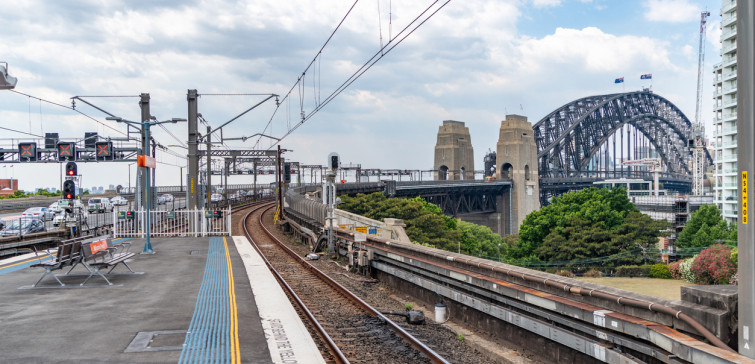ATP Program – System Assurance Engineering
Client: Transport for New South Wales (TfNSW)
Location: Sydney
Start date: 2017
End date: 2017
Duration: 4 Months
Services provided: Systems Assurance, Safety Accountabilities, Sustainability Accountabilities
Following the Waterfall Rail Accident in January 2003, and the 2005 Report of the Special Commission of Inquiry, Recommendation 32 of the report stated that RailCorp (Sydney Trains predecessor) should implement an Automatic Train Protection (ATP) system within a reasonable amount of time.
Following extensive research into driver safety systems, RailCorp adopted the European Train Control System (ETCS) technologies as its preferred ATP technology.
The scope of this project entailed the provision of a System Assurance professional responsible to:
- Guide and support projects in demonstrating compliance with relevant engineering standards and technical and user requirements;
- Guide and support projects in developing, documentation and evidencing appropriate Safety Assurance arguments during all phases of the project;
- Perform Systems Assurance reviews including submission of comments to demonstrate compliance with Safety Assurance arguments and GSN implementation;
- Ensure that risk assessments, risk controls and verification of implementation of risk controls are documented and managed by the project throughout the project lifecycle to ensure any residual risks can be handed over to the asset owner;
- Prepare technical and safety assurance reports, risk assessments and other safety related analysis and provide recommendation for improvement;
- Ensure that delivery contract documents adequately address Systems Assurance requirements;
- Ensure processes are in place to demonstrate field verification, test and commission of the project with appropriate asset management information prepared for handover;
- Ensure that projects have systems in place to verify that system can be operated and maintained as intended;
- Ensure processes are in place to verify the safety of both hardware and software products and that the products are compatible for integration;
- Collate best practice data and information to carry out and continuously improve the System Assurance function;
- Utilise the results of the “lessons learned’ process to ensure continuity in compliance with systems standards; and
- Provide information specific for monthly reports and participate in specific working groups with key stakeholders to determine the systems assurance direction of engineering and technical development.
The output of this project ensured the successful system and safety assurance to achieve key milestones of the project timeline.


